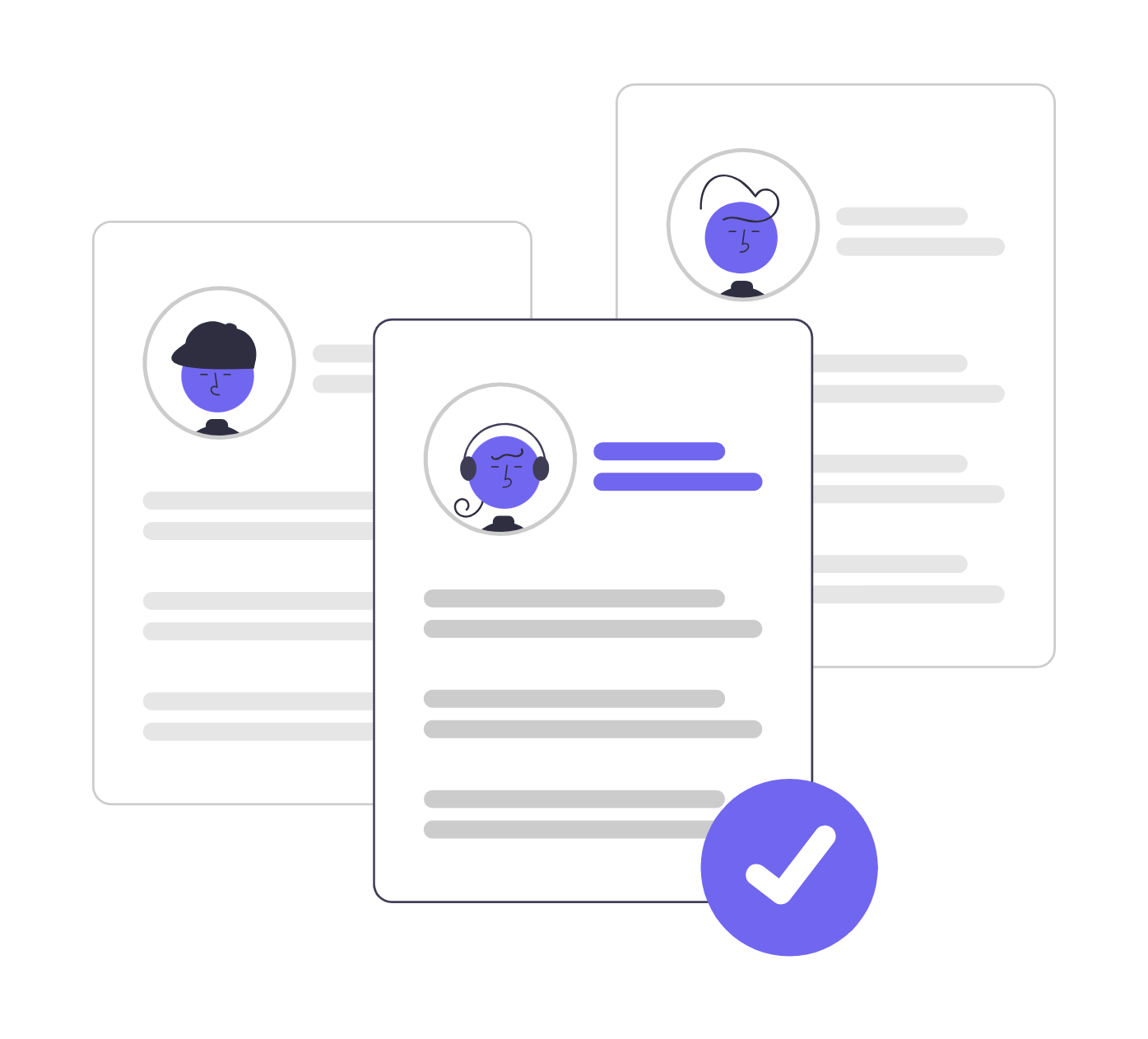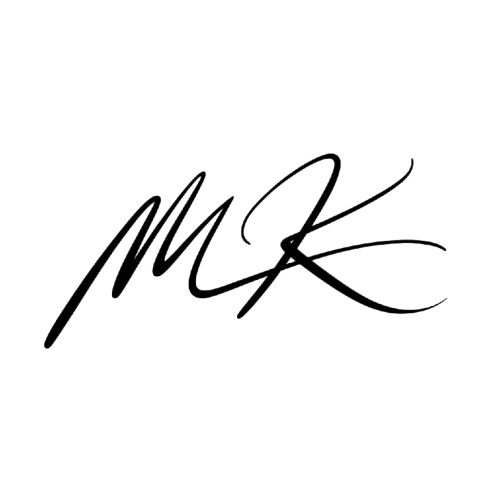Share
No one sets out to make biased hiring decisions. Yet, time and again, research and real-world experience show that unconscious bias continues to shape recruitment outcomes—from resume screening to final interviews.
Whether it’s leaning toward candidates who “feel like a good fit,” being influenced by someone’s school or name, or favoring the person who mirrors your own personality, bias can creep in subtly—but with measurable consequences.
And here’s the truth: Even well-meaning companies with inclusive values fall into these traps. The good news? There are proven, practical ways to reduce bias and build a hiring process that’s not only fairer—but also more effective.
Let’s explore how.
The 9 Hidden Biases That Sabotage Hiring Decisions
To remove bias, you first have to see it. Here are nine of the most common types of unconscious bias—along with how they show up in hiring:
Confirmation Bias
You’ve decided who’s the best based on a resume—and ignore data that contradicts your gut.Conformity Bias
You disagree with the panel but fall in line with their decision.Gender Bias
Favoring candidates based on gendered assumptions about roles (e.g., assuming a male candidate is more “technical”).Halo Effect
One strong trait (e.g., a prestigious degree) colors your perception of the whole candidate.Horns Effect
One perceived flaw causes you to dismiss an otherwise solid applicant.Affinity Bias
You “get along” with a candidate who shares your background, so you rate them higher.Contrast Bias
You compare candidates to each other instead of the job criteria.Anchoring Bias
You fixate on the first piece of info (e.g., GPA or first job) and weigh everything else against it.Attentional Bias
You focus on irrelevant details like attire or accent, instead of actual competencies.
Each of these biases can distort judgment and lead you to overlook top performers or hire based on “vibe” rather than value.
Quickly identify your most promising candidates. WorkScreen automatically evaluates, scores, and ranks applicants on a performance-based leaderboard—making it easy to spot top talent, save time, and make smarter, data-driven hiring decisions.

Why Standardization Is Your First Line of Defense
The most effective way to reduce bias? Remove guesswork.
According to psychologist Daniel Kahneman and multiple hiring experts, subjective impressions are a poor basis for hiring. Instead, develop a structured evaluation system:
- Use the same questions for every candidate.
- Define key competencies in advance—and score candidates against them.
- Use rubrics with clear scoring criteria.
- Ensure multiple reviewers weigh in, not just one.
When interviews are consistent and data-driven, it’s easier to spot true top performers—and harder for bias to slip through.
Blind Screening: Simple Change, Big Results
Resumes can introduce bias before the first conversation even starts.
To reduce that risk:
- Remove names, photos, and addresses.
- Hide educational institutions if prestige bias is a concern.
- Consider blind software tools that automate this process.
Several companies have found that blind screening surfaces candidates who were previously overlooked—especially those from non-traditional backgrounds or marginalized groups.
Workscreen Eliminates low-effort applicants—including those who use AI Tools to apply, copy-paste answers, or rely on "one-click apply." This way, you focus only on genuine, committed, and high-quality candidates—helping you avoid costly hiring mistakes.

Rethink What “Qualified” Looks Like
One of the trickiest forms of bias is what we call “merit bias”—the idea that we’re hiring purely on ability, when in fact, our definition of merit is shaped by culture.
As one Redditor pointed out: if your idea of professionalism is built on white-majority norms, you may be unconsciously filtering out equally qualified candidates from other cultural backgrounds.
So instead of hiring only based on resumes:
- Use skill-based assessments to see how candidates actually perform.
- Look for potential and coachability—not just pedigree.
Review your job ads: Certain words (“competitive,” “dominant”) deter diverse applicants. Use more inclusive language.
Don’t Just Diversify Candidates—Diversify the Process
Bias isn’t just about who you hire. It’s about who’s doing the hiring.
Strategies that work:
- Build diverse interview panels.
- Bring in external voices (e.g., partners, stakeholders) for fresh perspective.
- Ask someone outside the interview room to review notes and challenge assumptions.
- Train everyone involved in hiring—not just HR—on recognizing bias.
The more perspectives you include in the process, the less likely you are to default to sameness.
When Good Intentions Backfire: The Risk of Reverse Bias
In another real-world scenario, a manager tried to champion diversity by favoring candidates from a specific group. The result? Qualified applicants were turned away, offer rates declined, and team performance suffered.
The lesson: Inclusion isn’t about hiring based on identity—it’s about building fair systems where everyone has an equal shot.
When you lack structure, even the best intentions can lead to biased outcomes.
Create a Feedback Loop—And Keep Iterating
Inclusive hiring isn’t a set-it-and-forget-it process. You need ongoing visibility into what’s working and what isn’t.
Try:
- Quarterly audits of your hiring funnel (who’s applying, advancing, and getting offers)
- Surveys or feedback from candidates about their experience
- Reviewing job description performance (who applies vs. who drops off)
- Regular interviewer debriefs to reflect on potential bias
What gets measured, gets managed. Bias thrives in the dark—exposing it is the first step to removing it.
Easily administer one-click skill tests with Workscreen-This way you can assess candidates based on real-world ability—not just credentials like résumés and past experience. This helps you hire more confidently and holistically.

Final Thoughts: From Awareness to Action
Bias in hiring is not just a problem of bad actors. It’s a systemic challenge—one that shows up in well-meaning teams every day.
But the solution isn’t just awareness or diversity slogans. It’s about building processes that:
- Focus on real skills
- Give every candidate a fair shot
- Prioritize objectivity at every step
When you remove unconscious bias, you don’t just improve your diversity metrics—you unlock access to talent you would have otherwise missed. And that’s a competitive edge no company can afford to ignore.
FAQ
Reducing unconscious bias can lead to a more diverse team, improved innovation and problem-solving, and a stronger employer brand.
Bias can lead hiring teams to favor candidates based on irrelevant traits like name, accent, or educational background, instead of job-relevant skills and potential.
- You access a wider, more diverse talent pool.
- You make hiring decisions based on skills, not stereotypes.
- You reduce the risk of costly mis-hires caused by snap judgments.
Yes. Structured interviews that use consistent, job-related questions for all candidates are proven to minimize bias and improve hiring accuracy.
Skill-based assessments, anonymized résumés, diverse interview panels, and structured scoring rubrics can all reduce bias in decision-making.
Unconscious bias training can raise awareness, but it’s most effective when paired with changes to systems and processes—like objective evaluation criteria.
Bias at the top of the funnel can filter out great candidates before they even get an interview. Early-stage screening should focus on skills, not assumptions.
Conscious bias involves deliberate discrimination, while unconscious bias refers to automatic judgments people aren’t even aware they’re making.
Modern hiring platforms can automatically score candidates based on performance, mask identifying information, and track hiring data to highlight bias patterns.

